Astronomy is the oldest of the sciences, and encompasses in its study the greatest sources of power, the farthest extremes of temperature, the vastest distances, and the deepest mysteries of all the physical sciences. It is indeed a field of superlatives.
The views expressed in this article reflect those of the author, and not necessarily those of New Creation.
The word “astronomy” comes from two Greek words: “astron,” meaning “star,” and “nomos,” meaning “law.” In short, then, astronomy is “the laws of the stars.” It’s a good name, since astronomy relies heavily on mathematics and the laws of physics to understand the heavens. Astronomy is the study of the stars, sun, moon, galaxies…Indeed, anything out there in the universe that isn’t the Earth itself.
Of course, there’s a lot of stuff going on up in space. There’s Saturn’s rings, there’s the craters on the moon, there’s magnificent spiral galaxies and mysterious distant quasars. To sort out the menagerie of various objects and phenomena in the heavens, we divide astronomy into sub-fields.
Planetary Astronomy
“Space is big. You just won’t believe how vastly, hugely, mind-bogglingly big it is. I mean, you may think it’s a long way down the road to the chemist’s, but that’s just peanuts to space.”
– The Hitchhiker’s Guide to the Galaxy (Douglas Adams)
Planetary astronomy starts close to home, with our own Solar System. Here we study the make-up of the eight planets that orbit the Sun. The four planets closest to the Sun are called the terrestrial planets. These are the rocky planets with a solid surface, like the Earth (you may recognize the root word “terra,” which is Latin for “earth”). The four outer planets are called the jovian planets, or “gas giants.” As the name implies, these planets are far larger than the terrestrial planets, and are composed primarily of hydrogen and helium, with no solid surface. The name “jovian” comes from the Latin name for Jupiter, which is the largest of these four.
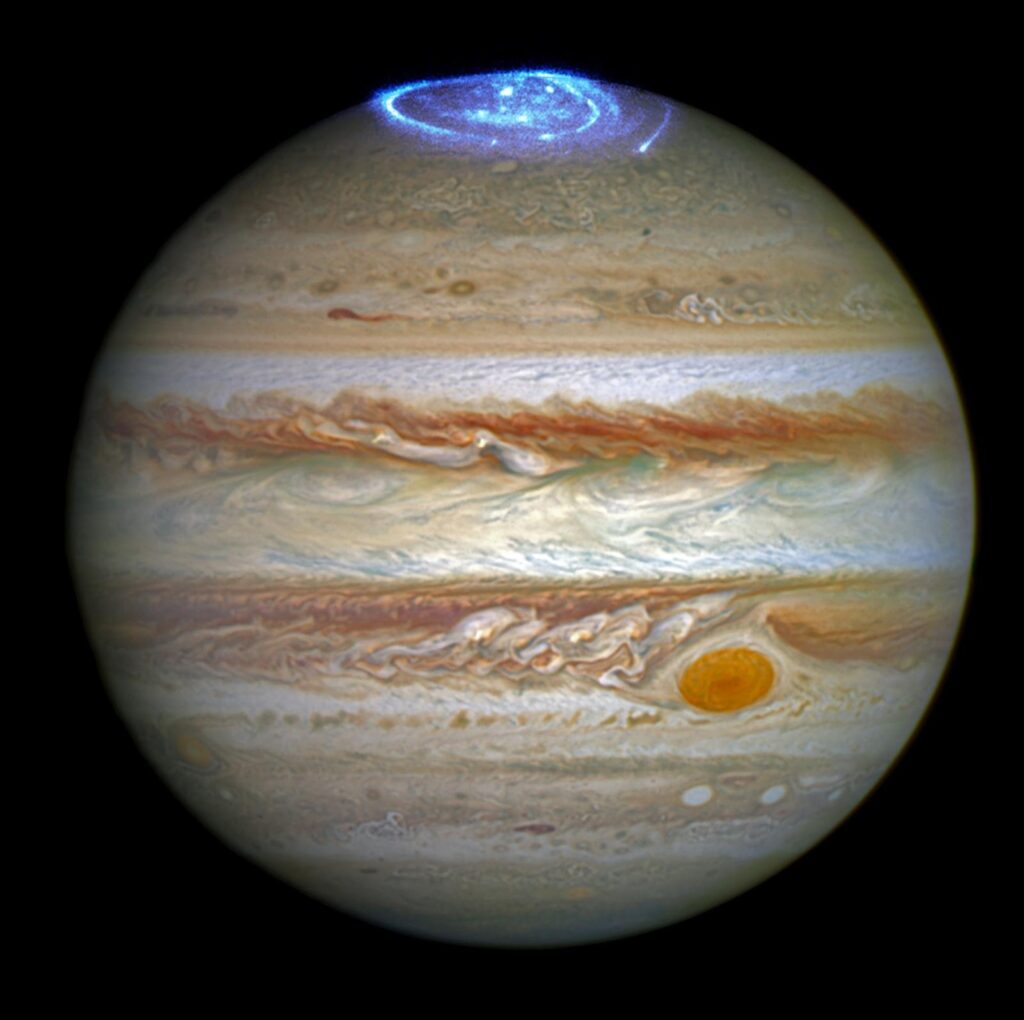
Planetary Orbits
Planetary orbits also fall within the domain of this sub-field (not surprisingly). The laws that describe planetary motion were first discovered by Johannes Kepler in the 1600s. Up until this time, scientists believed that the planets orbited the Sun (or the Earth – geocentrism was also still in vogue) in perfectly circular orbits. This was a relic of ancient Greek cosmology, which held that the heavens operated in mathematical perfection.
Kepler used observations of the Solar System to derive his three laws of planetary motion. The first law states that the planets move in elliptical orbits, with the Sun at one focus of the ellipse. The second law states a planet sweeps out an equal area over equal time; in other words, a planet moves faster when it is closer to the Sun, and slower when it is farther away. The third law states there is a relationship between the period of a planet (the time it takes to complete one full orbit) and the average distance of that planet from the Sun. With these three laws, Kepler was able to explain the motions of the planets with much better accuracy and simplicity than previous models which used perfectly circular orbits.
Exoplanets
In the 1990s, the first discovery of exoplanets was confirmed. This moved the field of planetary astronomy outside the limits of the Solar System. Exoplanets are planets orbiting stars other than our own Sun. In the past few decades, the number of known exoplanets has grown steadily, as researchers have been improving methods for their discovery. One major motivation behind the search for exoplanets has been to find habitable planets like our own Earth, planets that could potentially harbor extraterrestrial life.
The first step in locating habitable planets involves locating the habitable zone of the star in question. We define this by the region around the star in which liquid water can exist, since liquid water is a basic, essential ingredient to life on a planet. Additionally, any planets in this habitable zone must be terrestrial, not gas giants like Jupiter or Saturn, to support life. Crossing these hurdles, an exoplanet still has many other qualifications to live up to in order to be considered a possible harboring place for extraterrestrial life. The result of this search, so far, has made the habitability of our Earth appear even more unique and special.
Stellar Astronomy
“In our world,” said Eustace, “a star is a huge ball of flaming gas.” “Even in your world, my son, that is not what a star is, but only what it is made of.”
– The Voyage of the Dawn Treader (C.S. Lewis)
Moving on from the Solar System, we have stellar astronomy. Stellar astronomy studies stars themselves – their composition, their internal structure, and their development over time.
The apostle Paul wrote that “star differs from star in glory” (1 Corinthians 15:41). And indeed, there is incredible diversity amongst the pinpricks of light that grace the midnight sky. Even looking with the unaided eye, you can see some of this variety in favorite constellations such as Orion. Have you ever noticed that the bright star on Orion’s right shoulder, and the slightly less bright star on his left knee, are different colors? That’s right; if you look back and forth between those two, you can see that Betelguese (on the shoulder) is red, while Rigel (on his knee) is blue. In astronomy, red hues indicate lower temperatures than blue; so this color difference means that Betelguese is cooler than Rigel.
The Hertzsprung-Russell Diagram
Since the color of stars is related to temperature, we can use either color or temperature in star classification. In the early 1900s, two astronomers, Enjar Hertzsprung and Henry Norris Russell, independently developed a classification system using stellar colors/temperatures and luminosity (brightness). This has become known as the Hertzsprung-Russell (HR) diagram.

What is immediately obvious, looking at this diagram, is the diagonal band extending from the lower right to the upper left. This is called the Main Sequence. Most stars fall along this band, which means that the majority of stars follow a consistent relationship between temperature and luminosity. What we find is that, for stars along the main sequence, increased temperature means increased luminosity. This makes sense intuitively; the more energy a star is producing, the brighter we expect it to shine.
All good rules have exceptions, and that’s where everything gets more interesting. A second look at the HR diagram shows two regions off the main sequence that represent other major populations of stars. In the lower left, we have stars that are very hot (white-hot, we might say) and yet not very bright. Associating luminosity with surface area, we call these stars white dwarfs. On the opposite corner we find very luminous stars with low temperatures (red-cold, in astronomy terms) called red giants.
Stellar Evolution
Using the various distributions of stars on the HR diagram, astronomers have built models of stellar evolution, or stellar development. This is the way stars change over time. While the term “evolution” might sound out of place in a creationist model of astronomy, we must remember this isn’t the same as biological evolution. Biological evolution is the theory that all life forms originated from one common ancestor, and evolved, or developed, into the variety of life that we see today, with the mechanisms of natural selection and so forth. Stellar evolution is a different sort of thing. When astronomers refer to stellar evolution, they refer to the way stellar populations change over time as dictated by their physical composition and mass. It’s essentially synonymous with saying “stellar development.”
A star is defined, scientifically, as “a huge ball of flaming gas,” or, more technically, a ball of gas that derives its energy through nuclear fusion. For stars along the main sequence in the HR diagram, this nuclear fusion is hydrogen into helium in the star’s core. As stars age, they burn through their available hydrogen. Eventually a star will change tactics and begin fusing helium into heavier elements. This transition leads to the expansion and cooling of the star, which gives us the red giants in the upper right corner of the HR diagram. Over time, as the star continues to burn through its available fuel, it eventually ends its career with a supernova explosion, and, depending on its mass, as a neutron star or a black hole.
Galactic Astronomy
“Can you bind the chains of the Pleiades, or loose the cords of Orion? Can you lead forth a constellation in its season, and guide the Bear with her satellites? Do you know the statutes of the heavens, or fix their rule over the earth?”
– Job 31:38-33, ESV
Next we come to galactic astronomy, or the study of galaxies. A galaxy is a system of stars, gas, and dust, with all the attendant planets, satellites, and so forth, within the larger universe. This field began with the discovery of galaxies themselves, the discovery that the Milky Way is only one of billions of galaxies. Edwin Hubble made this discovery in 1923.
This discovery opened up the universe to us. Up until this time, it was believed that the Milky Way constituted the universe, being composed of stars, star clusters, nebulae, and the like. In the early 1900s, there was a debate about the nature of some of these nebulae. The popular opinion was that they all were relatively close in distance, within the scope of the Milky Way. But there was another option: perhaps some of these nebulae were actually separate collections of stars, gas, and dust. Since the word “galaxy” wasn’t in use at this time, astronomers used the term “universe” to describe this potential new type of celestial object. What Hubble and others were suspecting, was that there were other “universes,” other galaxies, in addition to our Milky Way.
Expanding the Known Universe
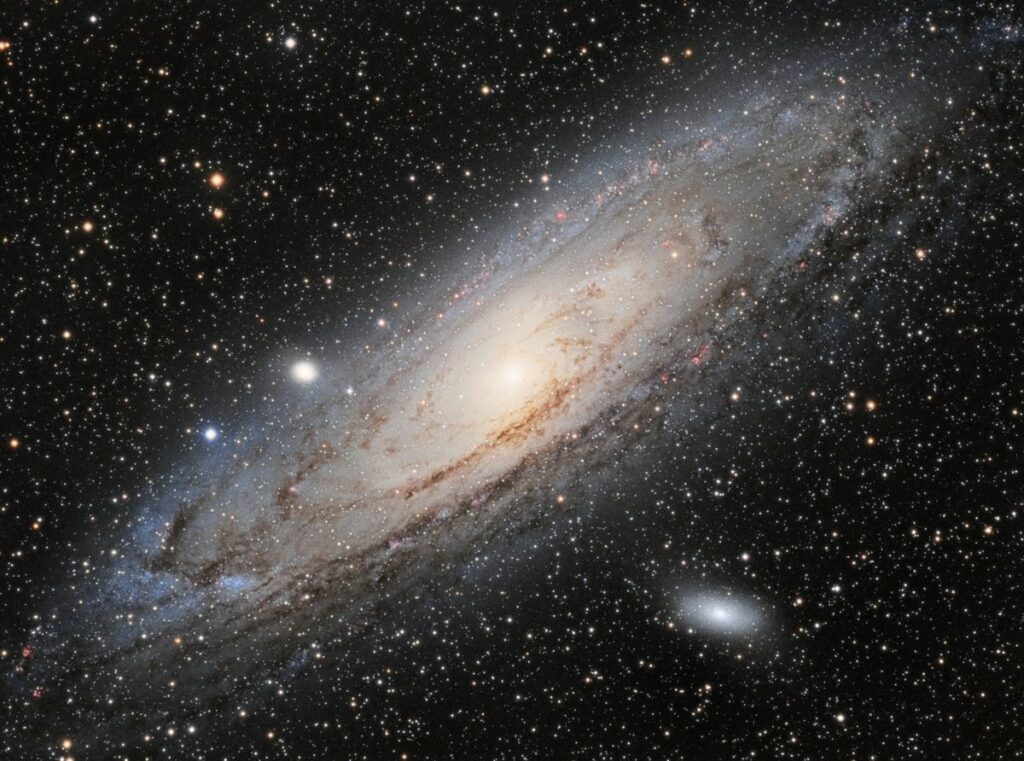
In 1923, studying what was then known as the Andromeda Nebula (now the Andromeda Galaxy), Hubble was able to discern individual stars with the nebula. Some of these stars varied in brightness over time. By comparing the period of variation, Hubble was able to find a specific type of variable star in Andromeda, called Cepheid variable stars.
Cepheid variable stars are significant because the period of variation in their brightness is related to the intrinsic brightness of the star. Thus, we can use Cepheid variables to determine distances with a good amount of accuracy. But these stars were very dim – meaning that Andromeda is actually very, very far away. This meant that the Andromeda Nebula, instead of being a local object within our own galaxy, was actually a galaxy of its own: another universe, comparable in size to our Milky Way.
The implications of this discovery were, of course, much bigger than simply doubling the known universe in size. It meant that most of the nebulae we observed were also galaxies, each on the scale of our own galaxy. Thus, this discovery multiplied the size of the known universe dramatically.
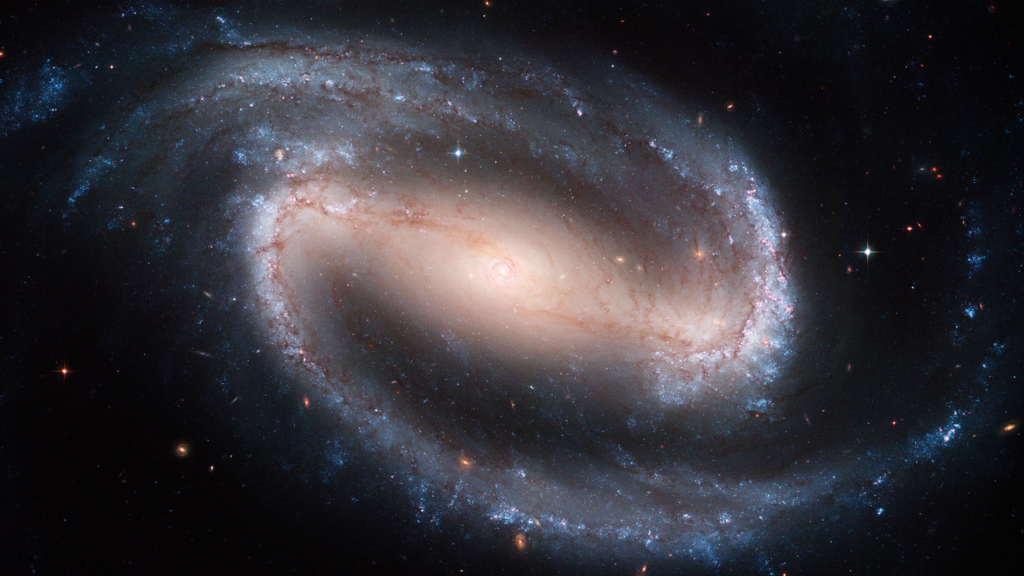
Galactic Variety
Galaxies come with variety. Perhaps the default image in your mind, when you think of a galaxy, is the classic spiral galaxy. The nearest galaxy to us, the Andromeda Galaxy, is a spiral galaxy. Our own Milky Way is also believed to be a spiral galaxy (though we don’t have pictures to prove that). There’s also the barred spiral galaxies, which appear to have a bar running through them (hence the name). Finally, the elliptical galaxies, which appear more as dense clusters of stars with little internal structure.
Galaxies aren’t isolated phenomena; rather, they exist in clusters, which themselves join together to form superclusters. Our own Milky Way is part of the Local Group. This includes Andromeda, the Large and Small Magellanic Clouds, and other friends. Galactic relationships can get even closer still, as we see in cases like NGC 4676, where two galaxies interact gravitationally, distorting each other and eventually merging to form one larger galaxy.
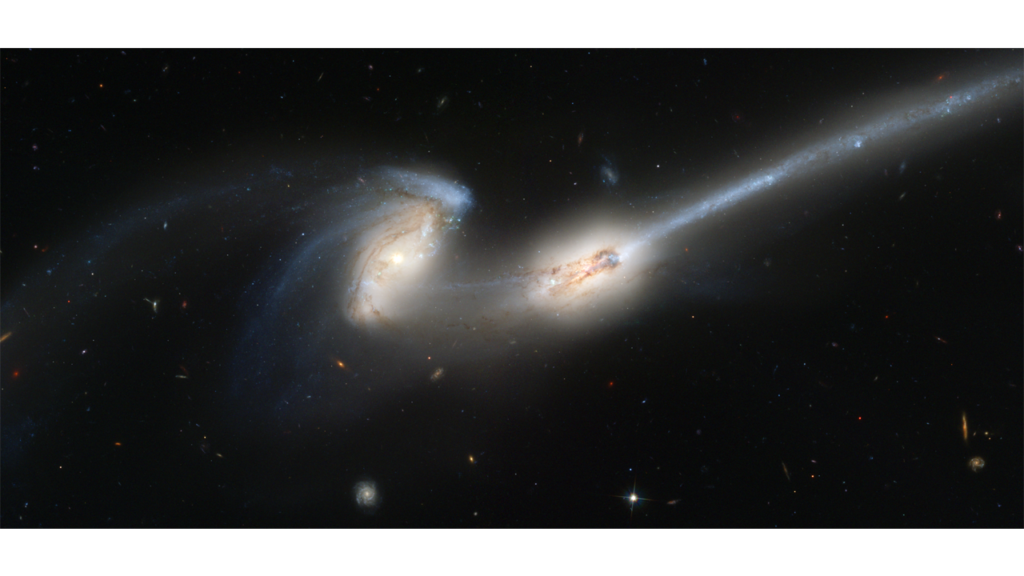
Creation Astronomy
“I had the intention of becoming a theologian… but now I see how God is, by my endeavors, also glorified in astronomy, for ‘the heavens declare the glory of God.’”
– Johannes Kepler
Young-earth creationists have been working on interpreting astronomy within the confines of the Biblical text for the past several decades. When we consider astronomy within a Biblical framework, the first anomaly we run into is the light travel time problem. If the universe is billions of light-years in diameter, how did starlight from these distant galaxies reach Earth in less than 10,000 years? This question has defined and guided much of creation astronomy research up until now.
But other questions arise as we seek to understand the universe in the light of Scripture. For example, how do creationists account for stellar diversity? When we look at the cosmos, we see what appears to be a diversity of ages and classes of stars. Astronomers can interpret this diversity in terms of the development of stars over time, in what’s called stellar evolution. The physical processes that appear to govern how stars operate today give us a framework for understanding how stars might be related to each other developmentally.
Astronomy Declares the Glory of God
“No: Space was the wrong name. Older thinkers had been wiser when they made it simply the heavens. The heavens which declared the glory…”
– Out of the Silent Planet (C.S. Lewis)
Hopefully, this brief introduction to some of the myriad areas of interest in astronomy has whetted your appetite to learn more. The heavens are brimming with beauty, mystery, and wonder. There is poetry there for the artistic soul, and there is law and order for the scientist to delight in. Read a good astronomy book. Step outside on a dark, cloudless night, and look up. Go to an observatory and see the rings of Saturn through a telescope.
What is astronomy? It’s the study of the handiwork of God in the cosmos.
Further Reading
The Created Cosmos, Dr. Danny Faulkner
The Expanse of Heaven, Dr. Danny Faulkner
The Stargazer’s Guide to the Night Sky, Dr. Jason Lisle
Taking Back Astronomy, Dr. Jason Lisle

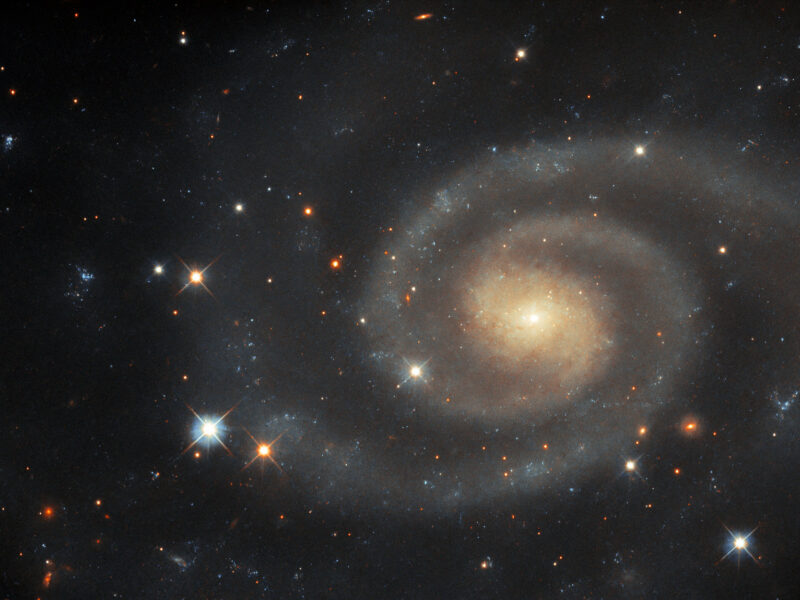

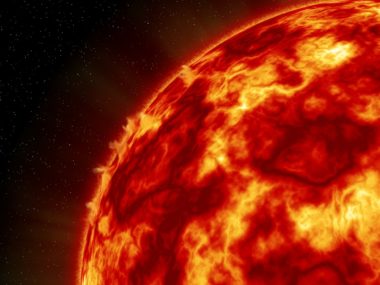
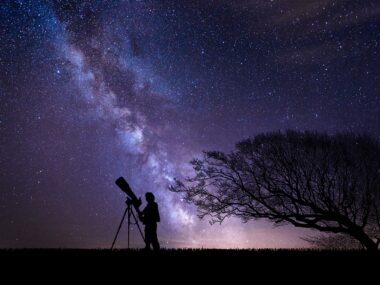


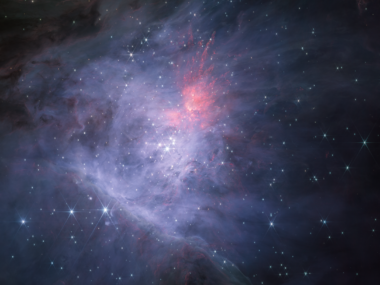




A well researched and thoughtful article. I would like to mention that in addition to Kepler’s contribution to the field that Bode’s law should be included also.